( Quang Ngai Newspaper) - Along with taking advantage of water sources from rivers and streams, ancient people from all over the plains to the mountainous areas also relied on rainwater. Therefore, many places held ceremonies to pray for rain during droughts.
According to the "Imperial Regulations of the Dai Nam Dynasty Cabinet", in 1805, King Gia Long stipulated that in any locality experiencing drought and withering rice in the fields, local officials must pray for rain for three days and nights with a sum of 6 quan, 4 tien, and 54 dong. Offerings include wax candles, oil lamps, incense, wine, betel and areca nuts, gold and silver paper. Under the reign of King Minh Mang, many temples and shrines worshiped gods related to rain such as the god of rain, the god of wind, the god of the South Sea Dragon King, the god of clouds, the god of thunder... In 1929, King Minh Mang stipulated that every 10 days of little rain, localities would set up altars or go to sacred temples to respectfully pray for rain once, each time for 3 days and nights. If there was no rain, then 2 days later, another ceremony would be held at another temple or shrine. The third time, it had to be stopped and reported to the court.
The agency that monitors rainfall is the Imperial Astronomical Observatory. To measure rainfall, the inspector places a square wooden barrel, each side one meter, to collect rainwater that accumulates hourly each day. "The Royal Annals of the Nguyen Dynasty", Volume I, records: "On July 26, the 5th year of Minh Mang (1824), the hour of Mao accumulated 1 phan, the hour of Ty accumulated 2 phan, the hour of Tuat accumulated 3 phan, for a total of 6 phan. The water that seeped into the dry soil was 1 inch and 8 phan".
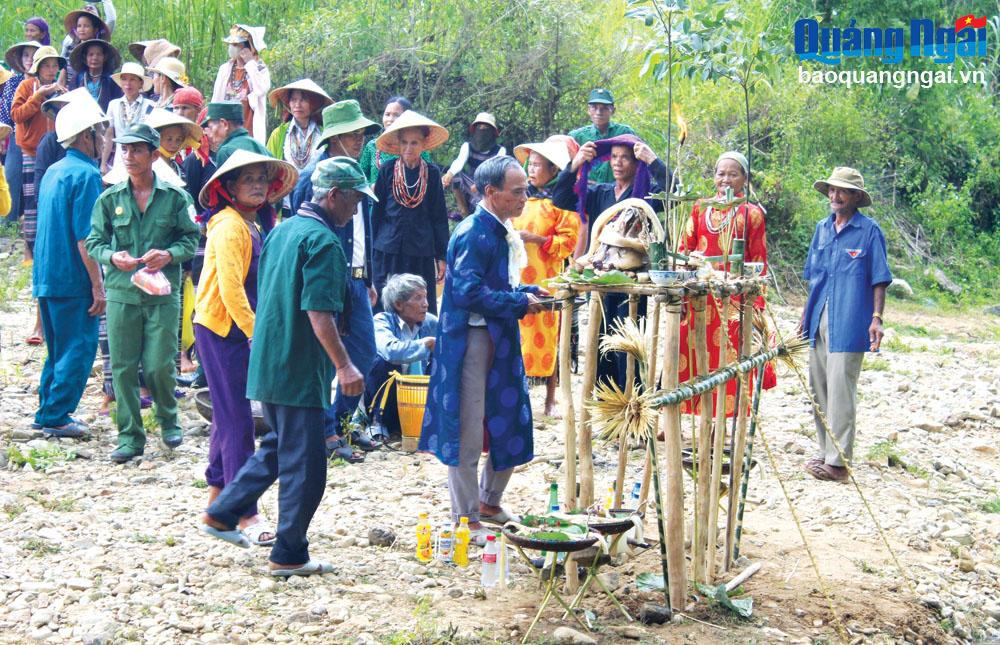 |
| Rain praying ceremony of the Hre ethnic group, in Ba Thanh commune (Ba To). |
From March to December 1824, throughout the Central region, local officials Tran Ba Kien - Ky Luc Doanh Quang Tri, Do Hong Quy - Doanh Than Quang Binh, Nguyen Van Xuan - Tran Thu Nghe An , Truong Van Chinh - Tran Thu Phu Yen, Nguyen Van Que - Tran Thu Binh Dinh... all respectfully held rain-praying ceremonies at Hoi Dong Temple and sacred temples.
In early July 1824, the governor Tran Van Duong reported to the Ministry of Rites about the dry weather in Quang Ngai town: “... Binh Son district has not had rain in the first week of this month, Chuong Nghia and Mo Hoa districts have not had rain in the middle of this month... The ministers were afraid and discussed together, and on the 28th of this month, I, Tran Van Duong, personally went to Hoi Dong temple to pray for rain”. In addition to Hoi Dong temple, the rain-praying ritual was performed at the sacred temple worshiping Tran Quan Cong Bui Ta Han in Thu Bo commune, Chuong Nghia district (now the Tomb and Temple of Bui Ta Han, in Quang Phu ward, Quang Ngai city). After the rain, the court and the people held a thanksgiving ceremony.
Originating from the belief in animism, ethnic minorities in Quang Ngai and the Truong Son - Tay Nguyen region worship the Sun god, the Earth god, the Thunder god, the Rain god, the Rice god... Mr. Ho Ngoc An (66 years old), in Tra Thuy commune (Tra Bong) said that the Mo Huyt (Rice goddess) is the most respected by the Cor ethnic group. In addition to the Truong Ba temple festival, the Cor people have a ceremony to worship the Mo Huyt goddess, also known as the rain praying ceremony. This ceremony takes place on the first day of the new year around the second and third lunar months with the participation of the whole village. For the Ca Dong people, they worship the gods around water sources such as Ta Roc god (king of gods), Po Linh god (god of rain and sunshine), Yeeng Mong Mong god (god of water sources), Wing god (god of rivers and water). The custom of worshiping Yeeng Mong Mong god on the first day of the new year, eating new rice, and pruning upland rice is one of the major ceremonies of the Ca Dong people.
From ancient times to the present, the rain-praying ceremony has become a custom, indispensable in the religious life of the Hre people in Ba Thanh commune (Ba To). Deputy Head of the Department of Culture and Information of Ba To district, Le Cao Dinh, said that in 2003, the rain-praying ceremony was restored in Go On village. In years of harsh weather and drought, villagers gather to discuss and organize the ceremony. Although it only takes place for 2 days, preparations are made several months in advance, even a year. Before holding the ceremony, the village elder reads the fortune, chooses the master of ceremonies, the shaman, the location and holds a ceremony to ask for permission to hold the ceremony and the day of the ceremony. Each family must contribute an offering such as a pig, chicken, rice, wine, etc. After completing a number of offerings at the master of ceremonies' house, the main ceremony is performed on a section of the river or stream. The offering platform is built on the riverbank. The offerings include a pig's head, live chicken, wine, spring water, rice, salt, betel, areca, agarwood, etc.
Mr. Pham Van Xoi (54 years old), in Huy Ba 1 village, Ba Thanh commune, said that the prayer was in the Hre language. The gods mentioned were Y Hoac (God of Heaven), Vo Ray (God of Rain), Py Chuy (God of Thunder), mountain god, river god, stream god, rock god... The ceremony prayed to the gods for sunshine and rain so that the rice and corn plants could grow evenly and people could be healthy. After the prayer, villagers and distinguished guests gathered together to drink rice wine, eat meat and sing and dance to the beat of gongs. During the rain-praying ceremony, villagers had folk activities such as performing gongs, singing ca leu, ca choi, playing games such as tug of war, blindfolded pig catching...
The rain-praying ceremony has contributed to creating diversity and uniqueness in the overall intangible cultural heritage of ethnic groups in Quang Ngai in particular and the whole country in general.
Article and photos: TA HA
RELATED NEWS:
Source: https://baoquangngai.vn/van-hoa/202408/le-cung-cau-mua-cua-nguoi-xua-810504c/








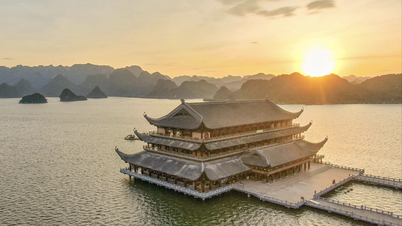

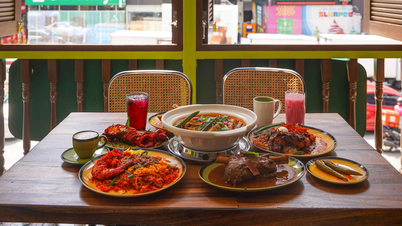

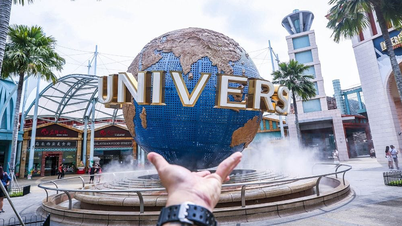
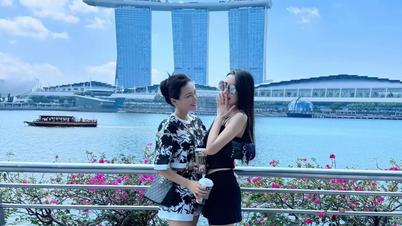
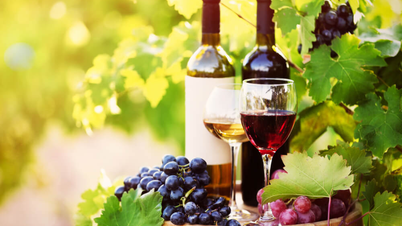
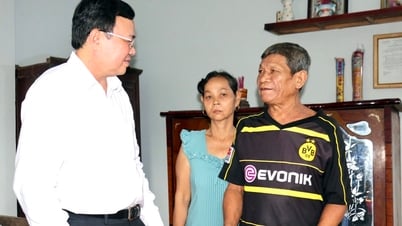
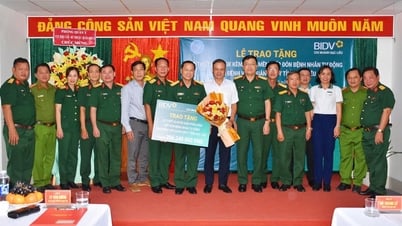
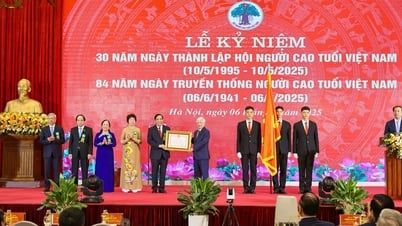

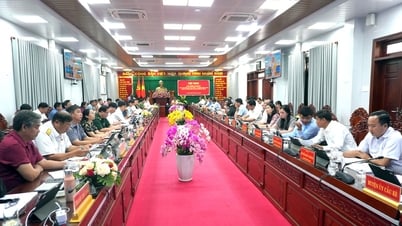






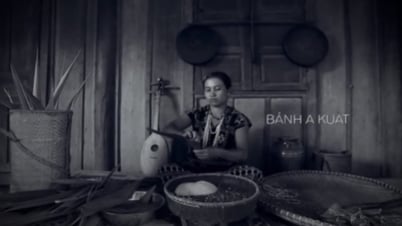





![[Photo] Nearly 104,000 candidates in Hanoi complete procedures to take the 10th grade entrance exam](https://vphoto.vietnam.vn/thumb/1200x675/vietnam/resource/IMAGE/2025/6/7/7dbf58fd77224eb583ea5c819ebf5a4e)











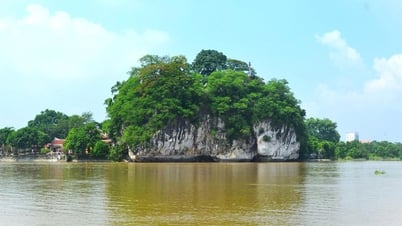
















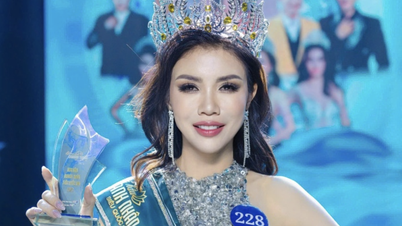
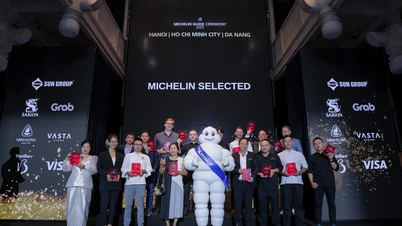
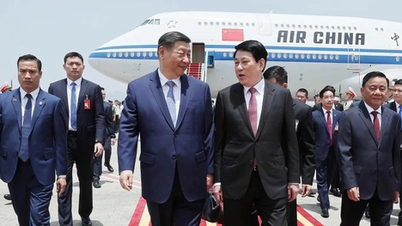
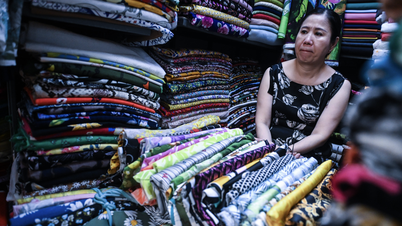


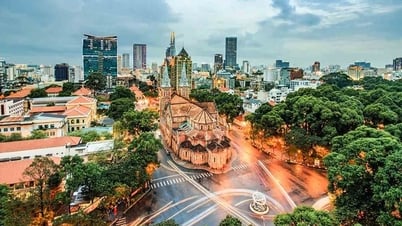
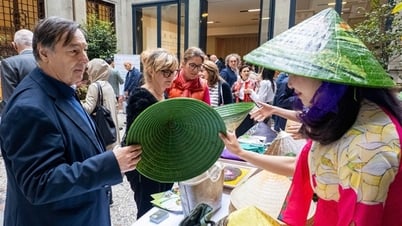

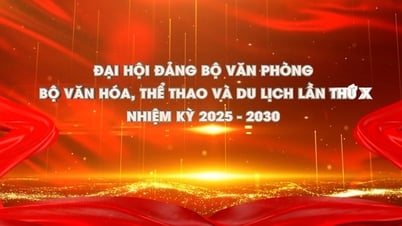




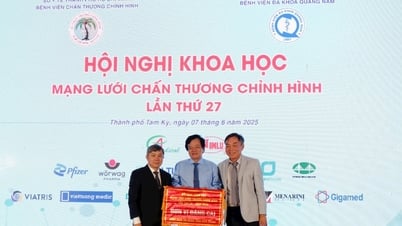

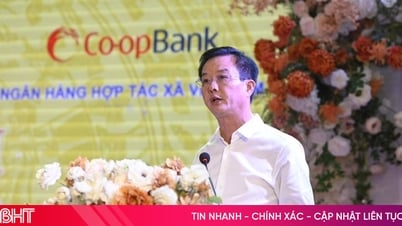

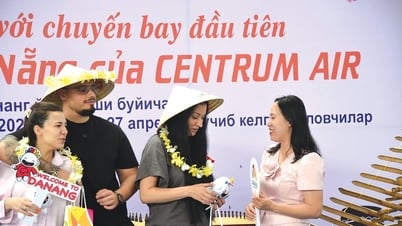
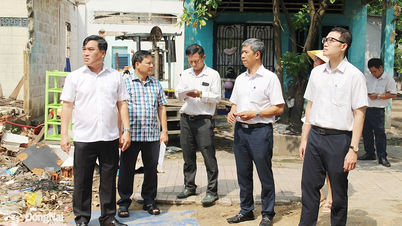


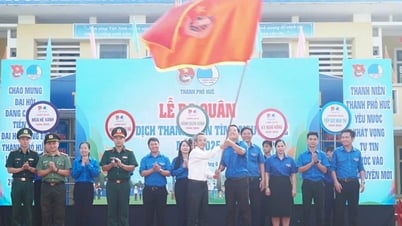








![[OCOP REVIEW] Tu Duyen Syrup - The essence of herbs from the mountains and forests of Nhu Thanh](https://vphoto.vietnam.vn/thumb/402x226/vietnam/resource/IMAGE/2025/6/5/58ca32fce4ec44039e444fbfae7e75ec)



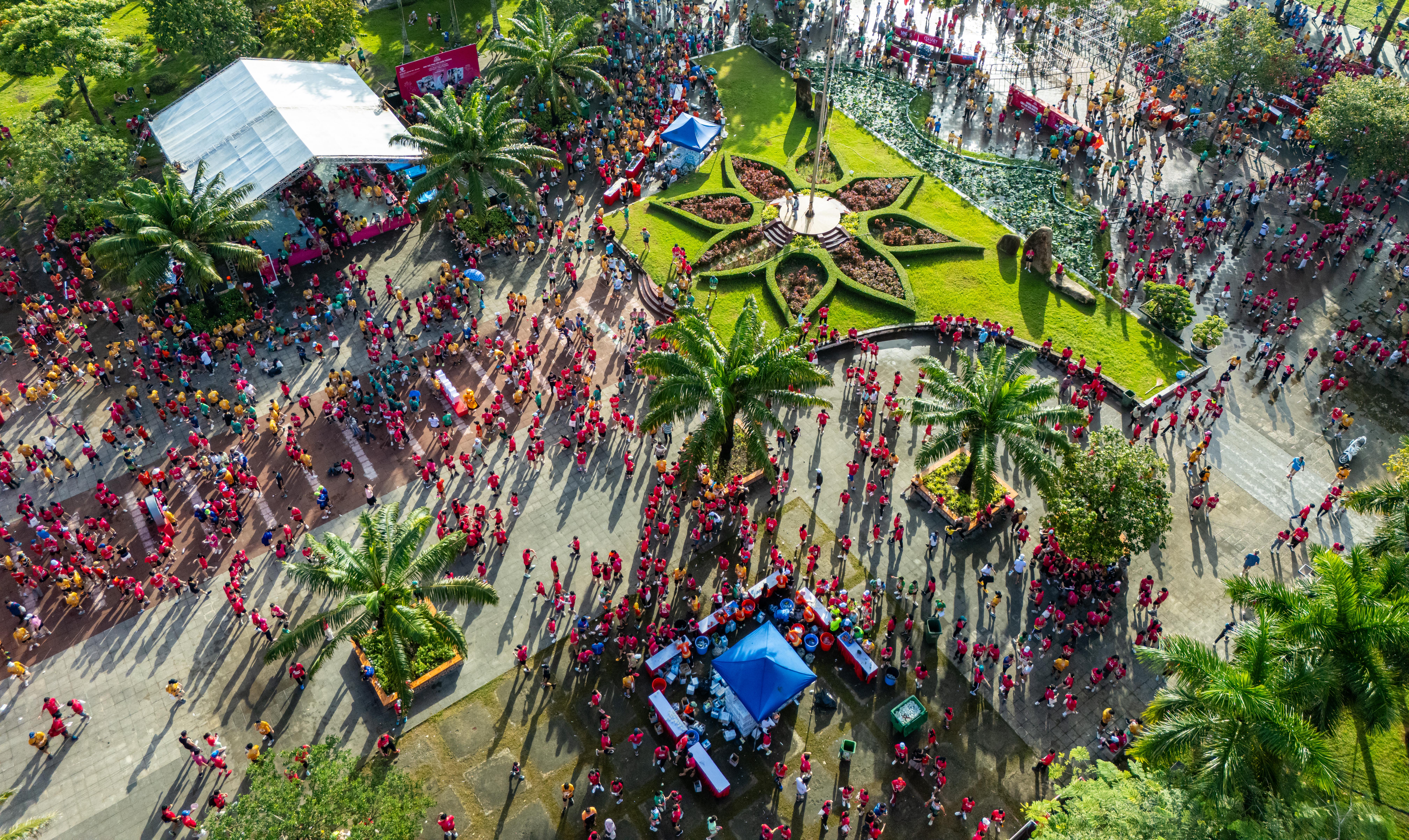
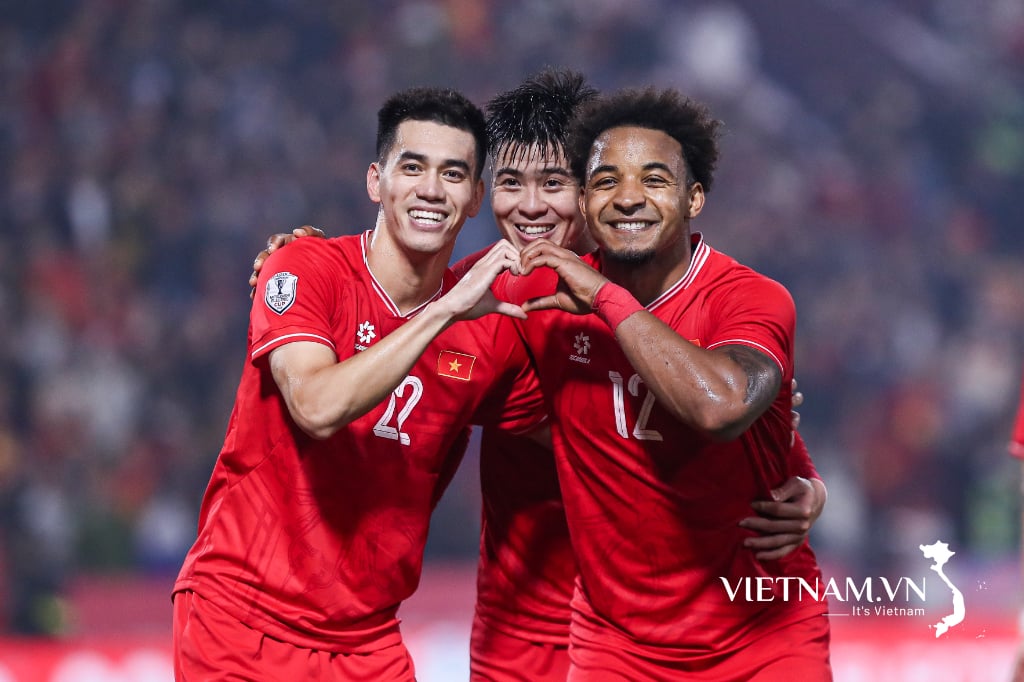

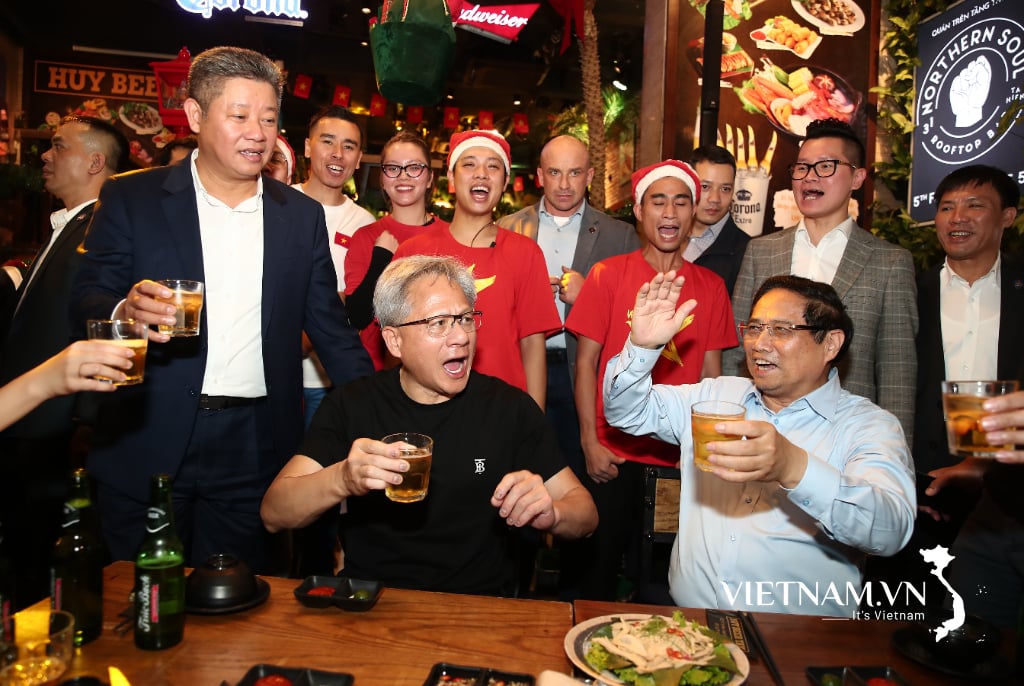
Comment (0)